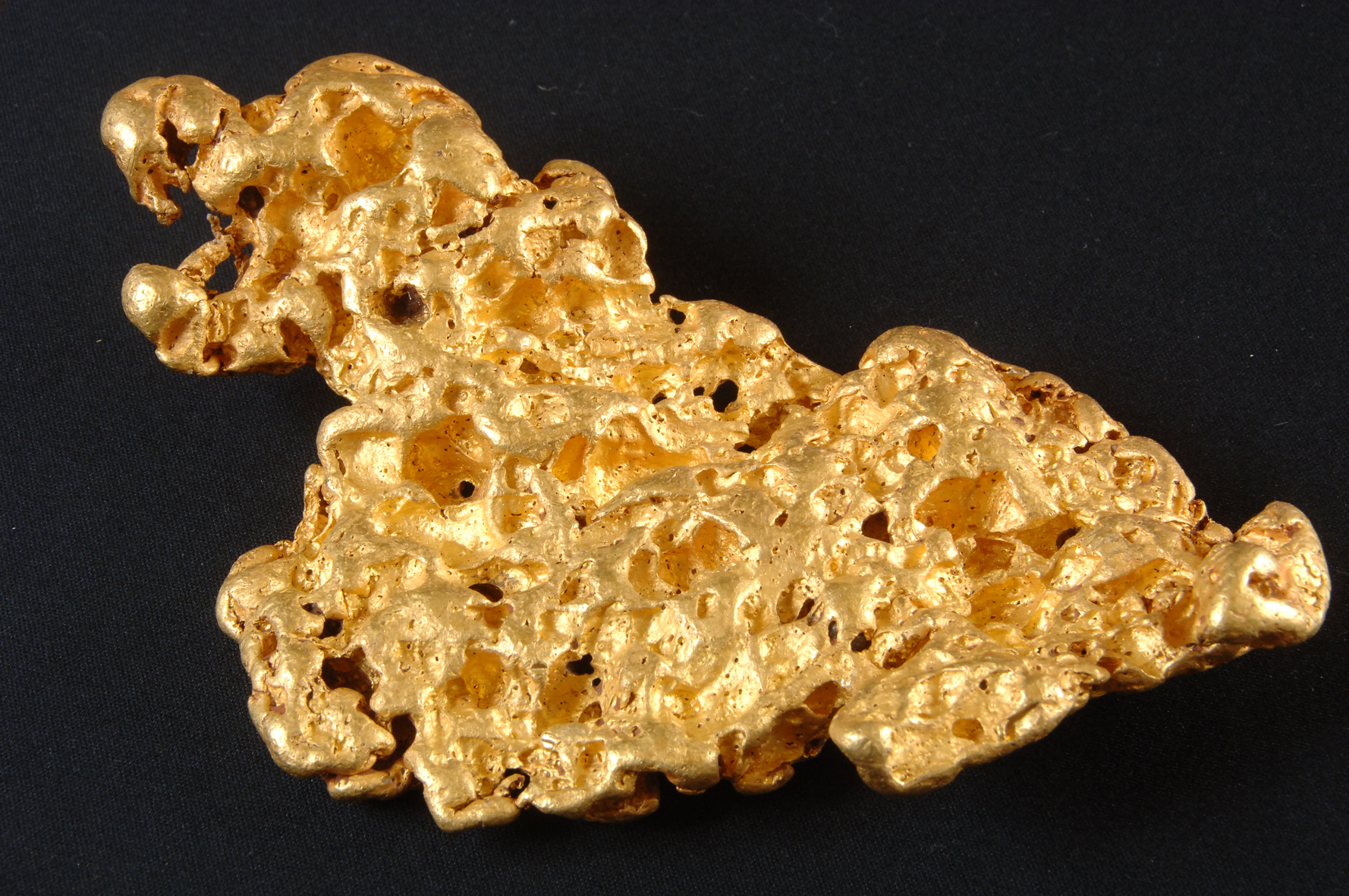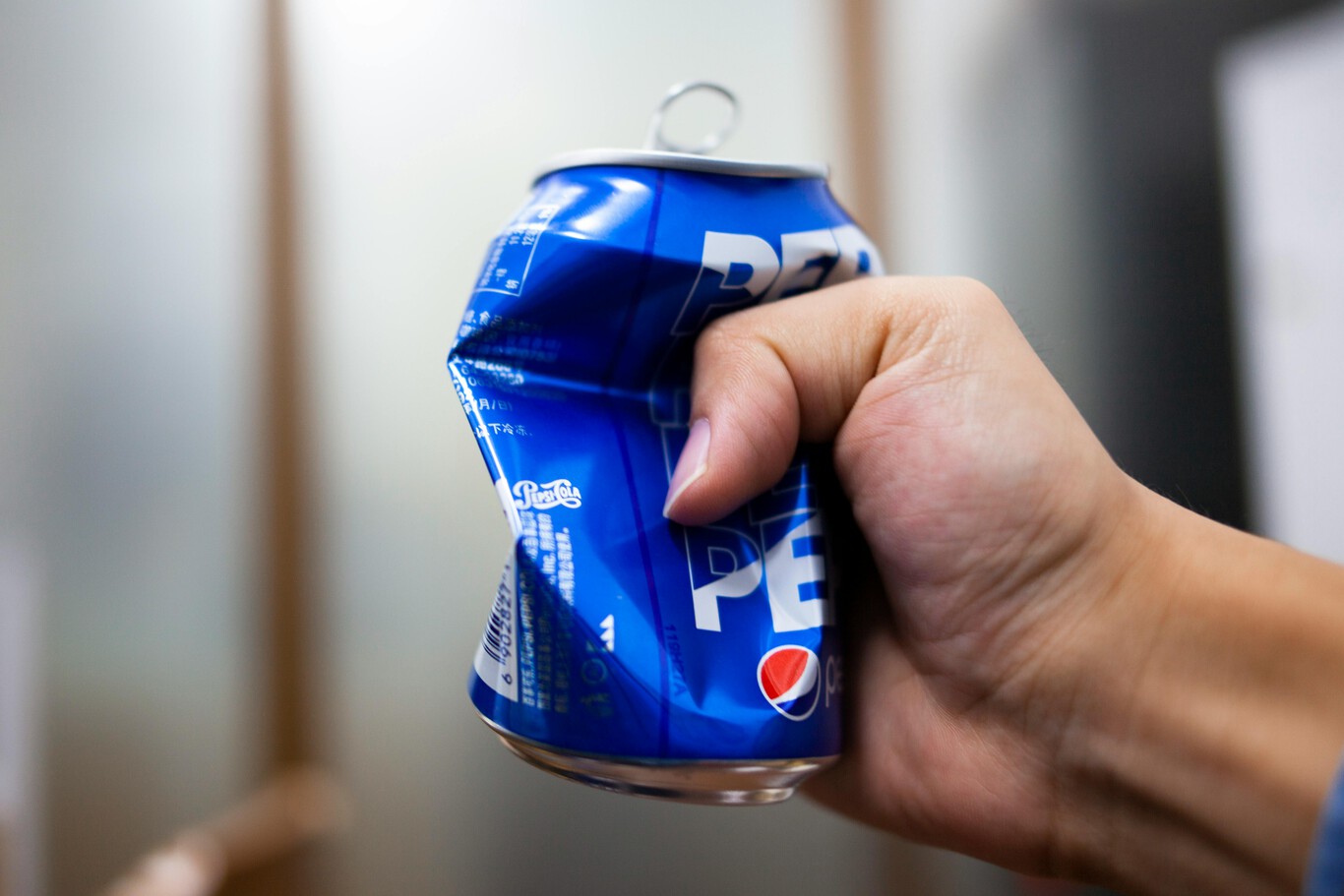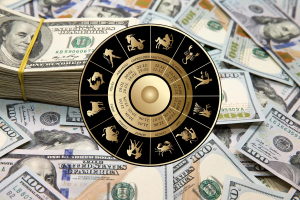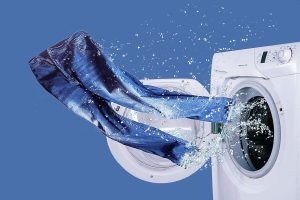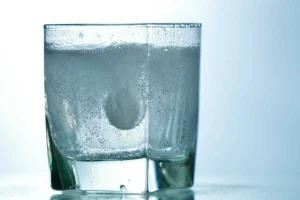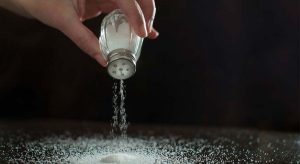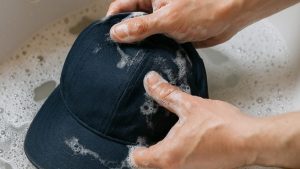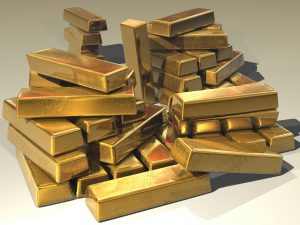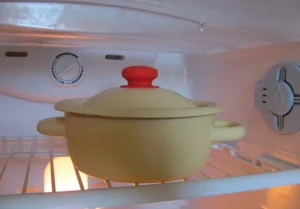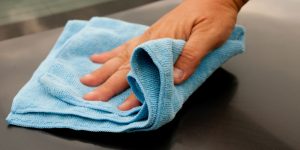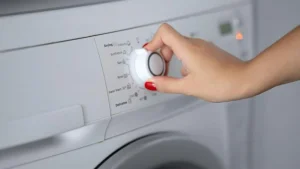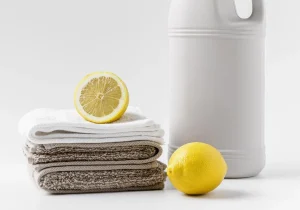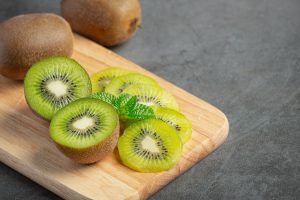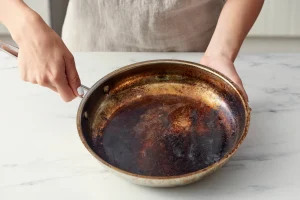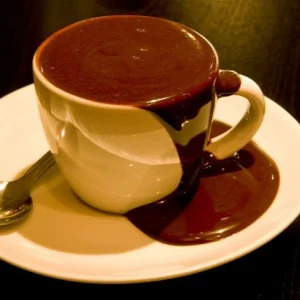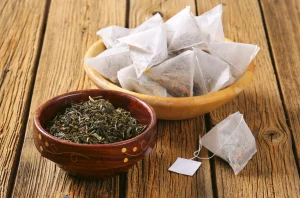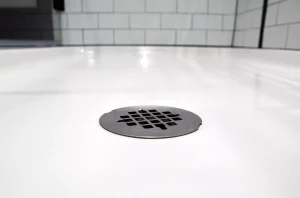We have appliances at home that contain gold. This information may seem crazy and suspicious to you, but it’s true. On the other hand, don’t try to destroy them to extract this gold, it is impossible to do it at home.
However, researchers from the Swiss Graduate School of Technology Zurich know how to do it. They think of a solution when they see the rise of e-waste. Today they are taking a new step in sustainable recycling of precious metals. How ? Thanks to an environmentally friendly and profitable method of extracting the gold contained in our old household appliances.
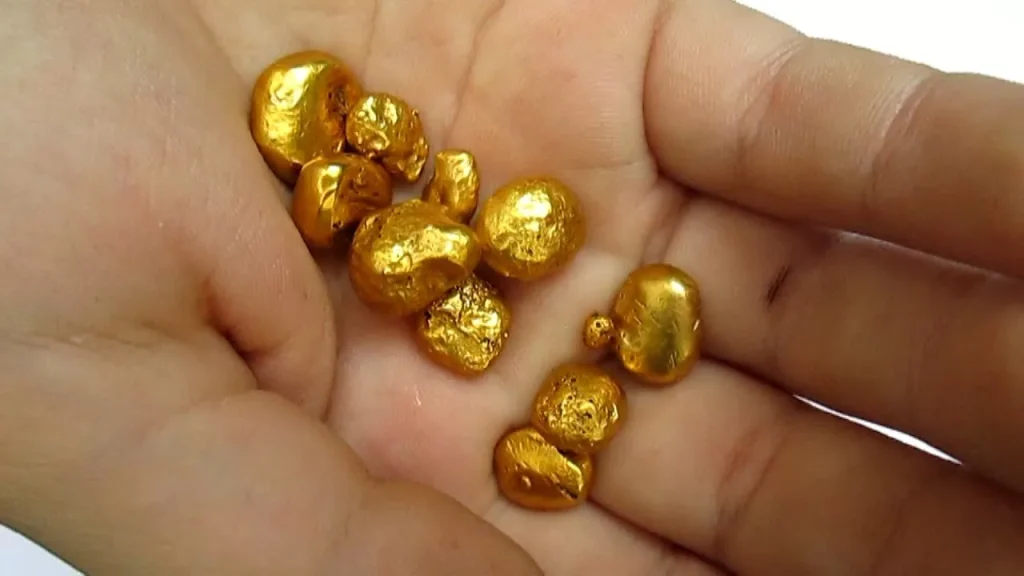
Recycling household appliances: a clever and unexpected method of .
Traditionally, the extraction of gold from e-waste is done using complex chemical processes, often toxic to the environment (cyanide, mercury). So it was useful to find a new technology for our household appliances.
That’s where Prof. Raffaele Mezzenga’s team comes in. In fact, it uses a sponge made of protein fibrils derived from whey, a by-product of cheese production.
This material becomes a tool for extracting gold that is both economical and environmentally friendly. Researchers start by dissolving household appliances in an acid solution. This releases metal ions, including gold. A protein sponge then captures these gold ions.
After absorption, the researchers heat the water. The gold then turns into flakes and then into 22-karat gold nuggets (91% gold, 9% copper). In one experiment, the researchers extracted 450 mg of gold from just 20 computer motherboards.
An economically viable and sustainable process
According to the Swiss team, this method is not only cleaner than traditional methods, but also very cost-effective. In fact, for every dollar invested, up to $50 of gold could be recovered. And the cost of the raw materials and energy required is more than offset by the value of the recovered metal.
In addition, this approach is doubly beneficial: it allows two types of waste (food and electronic) to be recycled. The environmental impact of recycling is thus limited. For our part, we no longer have any reason to feel guilty about throwing away household appliances.

Household appliance recycling
This news tells us that gold is not only found in rings and earrings. We find it in many household appliances and electronics.
For example, an old cell phone contains 0.03 to 0.05 grams of gold, and a ton of used cell phones can contain up to 350 grams of 22-karat gold. Old televisions too, as well as microwave ovens. Items that many of us have at home.
A team from the Swiss Graduate School of Technology Zurich now wants to take this technology into industry and extend it to other industrial waste. With less than 20% of e-waste currently recycled worldwide, this type of innovation could revolutionize the sector.
This is proof that progress is unstoppable. Around the world, thousands of researchers are working on the best way to protect the planet. Recycling is key.
